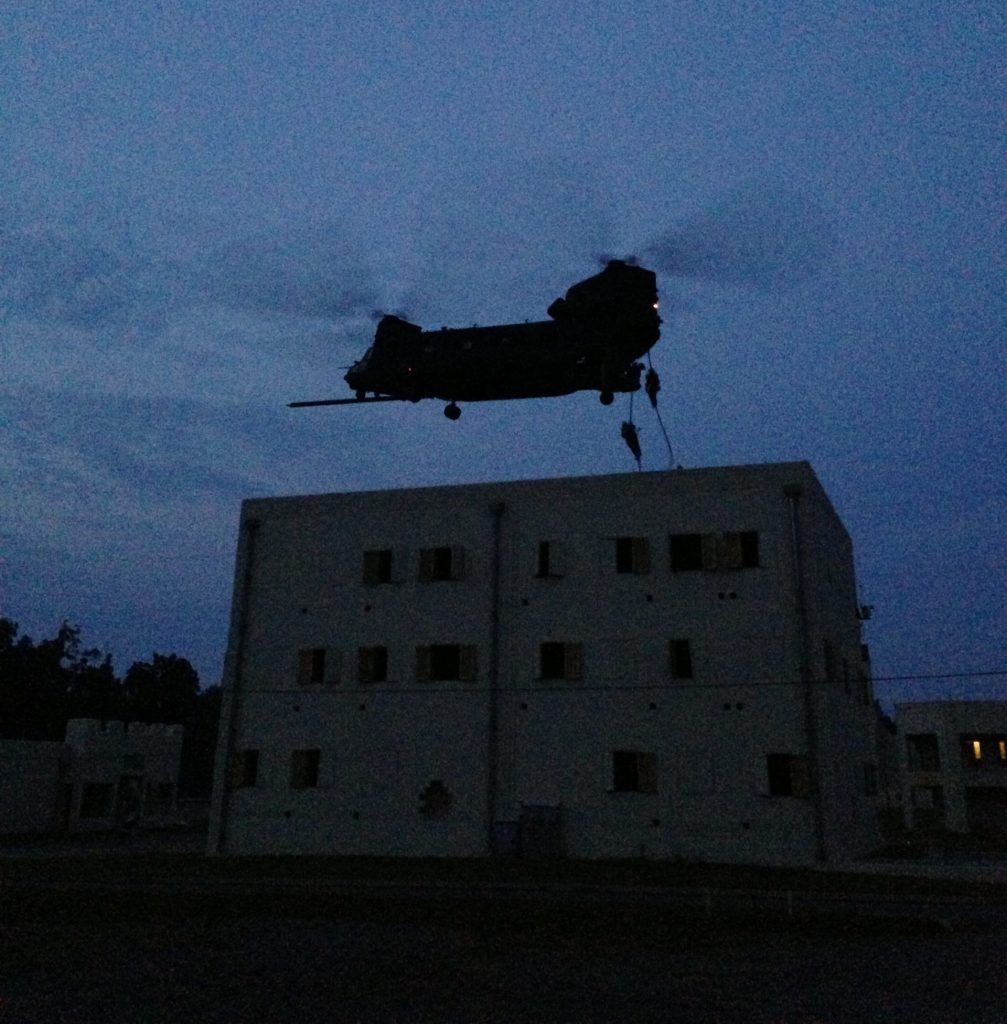Ron Mahrs, founder and director of the Operator Foundation, is a seasoned Tier 1 veteran. Ron was a Navy SEAL for over two decades, with his last 15 years in the Navy spent as an operator in the Special Missions Unit. Ron was a tactical leader for a SEAL Special Missions Unit.
Today, he continues to serve by giving back to Gold Star families of fallen operators through his foundation.
Q: By the late 2000s, the special mission units had conducted thousands of kill or capture operations. There are very few variables that would change the way you prosecute a target. Are you able to talk to some of the differences between a kill or capture operation and a hostage rescue?
A: Yes. The differences are pretty extreme. If I were to set up and develop a new unit or train anybody to conduct these types of operations, the focus would be on tactical patience when going after known bad guys. We aren’t trying to save anyone. I always tell people the bad guys have a vote in how they go. They can come out willingly or stay in and fight. We have experienced both of those in different types of missions over the years. When guys would come out, we would essentially arrest them and take them in to build a system to gain intelligence from them, and develop those networks.
Typically on target, we know right away how the operation will go. If the bad guys choose to fight as long as we are insulated by the cover of darkness and have all of the assets stacked up above on top of us, we’ll take it down as we need to. The main thing to remember is they may have barricaded shooters; they may have booby traps. It doesn’t matter how long it takes to clear that thing. Having tactical patience is a lifesaver.
As we shift gears and think about the concept of rescuing people, it is a mindset shift within the assault force. We’ve got to have more senior guys on a hostage rescue then when hitting a hard target. Think about instinctive shooting and relying on years of training and applying that to solving a problem that is going to unfold within seconds. Those targets are hit with speed and violence of action. You have got to be able to think rapidly on your feet. You have to know precisely where your other teammates are under night vision with 45 pounds of gear on plus your weapons.
Q: You have your routine where you are training, going to war, coming home, and preparing some more. What changes when you get that call that an American has been taken?
A: It’s a pretty intense situation, as you might imagine. If you are overseas and deployed already, you are already in the operations center, or you are close to it. You get the word very quickly when one of these events occurs. The heightened awareness is more extreme than going out against a target that has bad guys on it.
The planning around the kill, or capture operations is very systematic, especially for the most experienced units. It is extremely scripted. So it happens much easier than any rescue operations.
The rescue operations are information-driven. You have got to find out as much as you can. Who is the person that has been taken, hostage? Who are the people you are going after? Find out as much as you can about the target area. The research that goes into this has to be thorough. The simple fact is that, with those helicopters getting airborne, there will be a point in that mission where the bad guys figure out that you are coming to get them.

In the process, you try to answer all those questions before getting on that bird, you have got to have all the knowledge in your head to react and make the right decisions. In the best-case scenario, I would always build a rehearsal mechanism so that you can prepare for it. How far is it from the door to the next room or the door to the other side of the courtyard?
It is imperative to have all those intimate details down. When the helicopters are coming in at night, dust is flying everywhere, and we immediately take fire. The entire assault force has got to be able to get off those helicopters, make their way to the target area, and get to their assigned spots amongst the chaos.
That is more of a methodical, orchestrated event compared to going after bad guys.
Q: In 2012, an American aid worker was kidnapped alongside her Dutch counterpart. A SEAL team successfully rescued them. The Dutch aid worker went on to say that he was lucky to get captured with an American. Would that be any added comfort for a kidnapped American overseas somewhere?
A: Most people don’t know what they don’t know. Before I was assigned to these types of organizations, I didn’t know how much effort goes into it, and how robust the process was. The units themselves, the assault members, how well trained they are, how committed they are.
Once you experience that, you realize that there is no better nationality to be than American if you find yourself in a situation like that. The most significant operational counter-terrorism operations groups are the most highly trained folks in the country. They will be coming after you.
They stop at nothing. If we can pinpoint where the person is, we will be coming to get them. These guys are prepared for anything. Once the decision is made to launch, nothing is stopping it. There is a lot of expertise, a lot of knowledge, a lot of combat experience, and courage on those helicopters that are coming to get people.
Editor’s note: Ron Mahrs is currently a consultant and staff writer for Strike Source.
